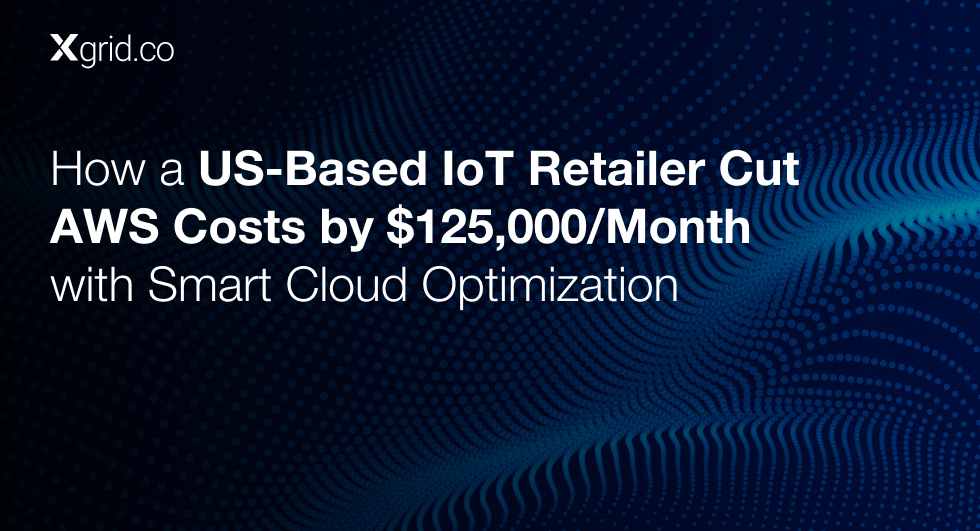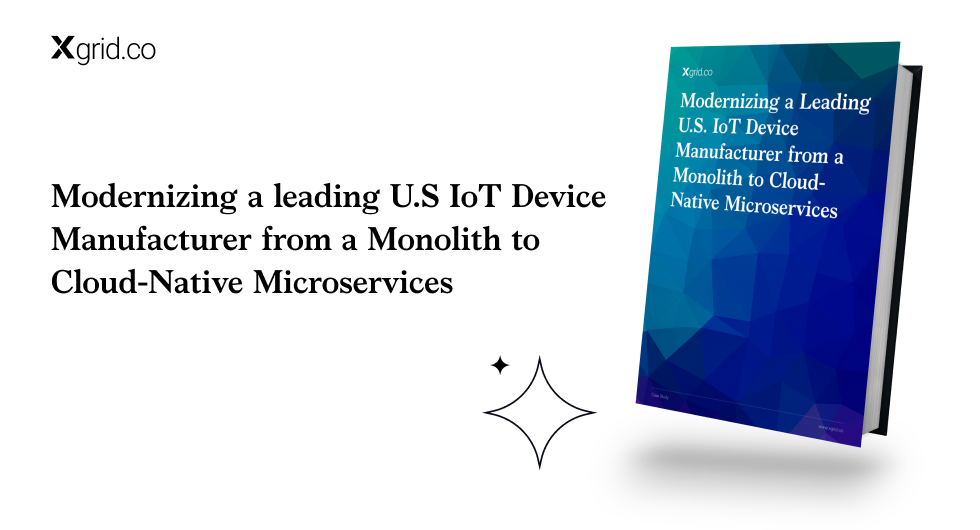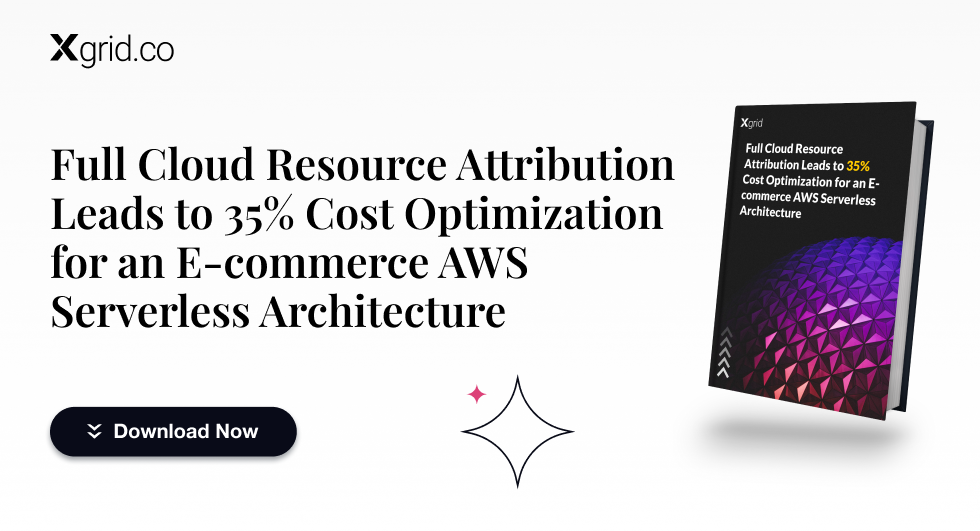How Enterprise App Modernization Boosted Response Times by 85% & Delivered $72K Annual Savings
Client at a Glance
Executive Summary
Situation & Complication
What We Did (Modernization Playbook)
1. Architecture &Cloud
2. Performance & Scale
3. Security & Reliability
4. Developer Productivity
5. Phased Rollout (Zero-Disruption)
Technology Stack (Cloud-Native Foundation)
| Cloud | AWS EC2, RDS (PostgreSQL with read replicas), ElastiCache (Redis), S3 |
| Services | Node.js and Python microservices; Docker containers; Kubernetes orchestration |
| Frontend | React.js PWA replacing deprecated AngularJS; mobile-first U |
| Security & Monitoring | AWS IAM, CloudWatch, Prometheus, Grafana; automated security scanning |
| Data & Recovery | Automated backups, point-in-time recovery; multi-AZ availability |
Impact by the Numbers (Before → After)
| Metric | Legacy System | Modern Architecture | Improvement |
|---|---|---|---|
| Average Response Time | 3.2 seconds | 0.5 seconds | 85% faster |
| System Uptime | 94% | 99.9% | – |
| Deployment Time | 2–3 weeks | 15 minutes | ~99% faster |
| New Dev Onboarding | 3 weeks | 2 days | 93% faster |
| Infrastructure Costs | $15,000/month | $9,000/month | 40% reduction ($72K/year) |
| Security Vulnerabilities | 458 total | 12 low-severity | 97% reduction |
| DB Query Performance | 800 ms avg | 200 ms avg | 75% faster |
| Scalability Capacity | 100 concurrent | 1,000+ concurrent | 10x increase |
Roadmap (12 Months, 3 Phases)






